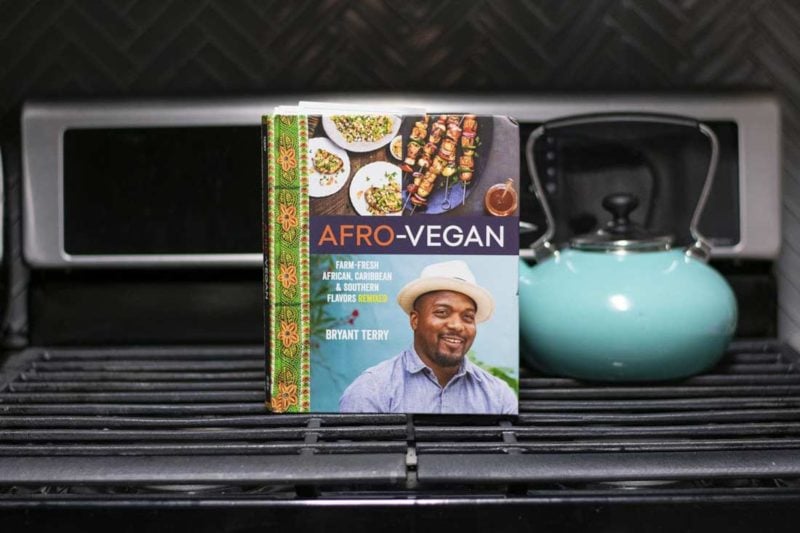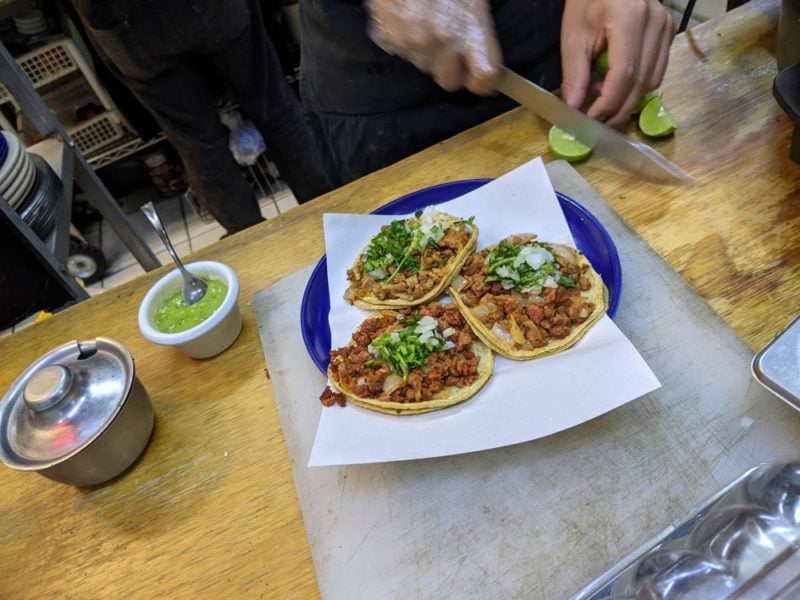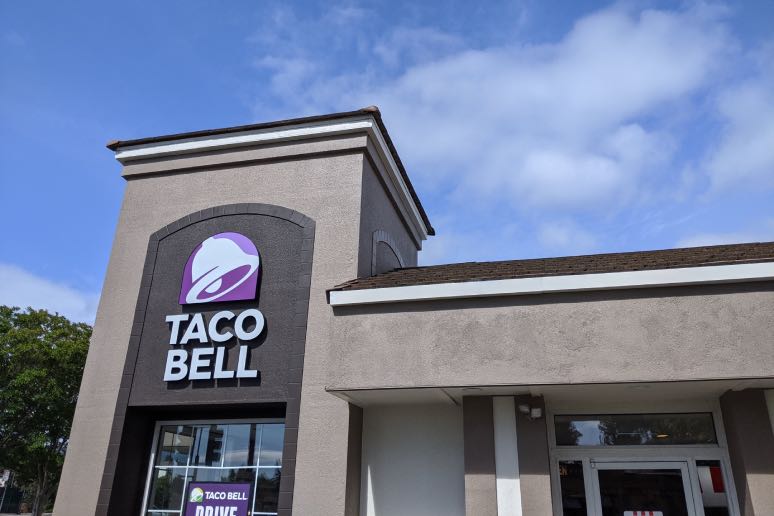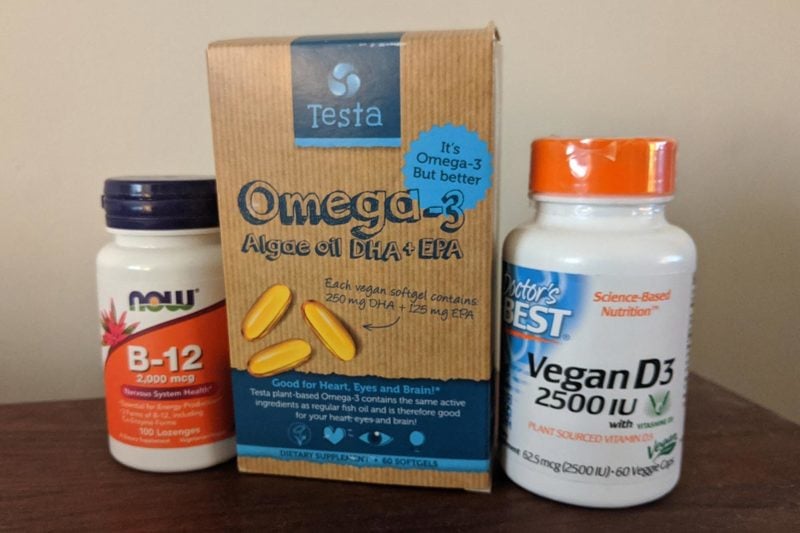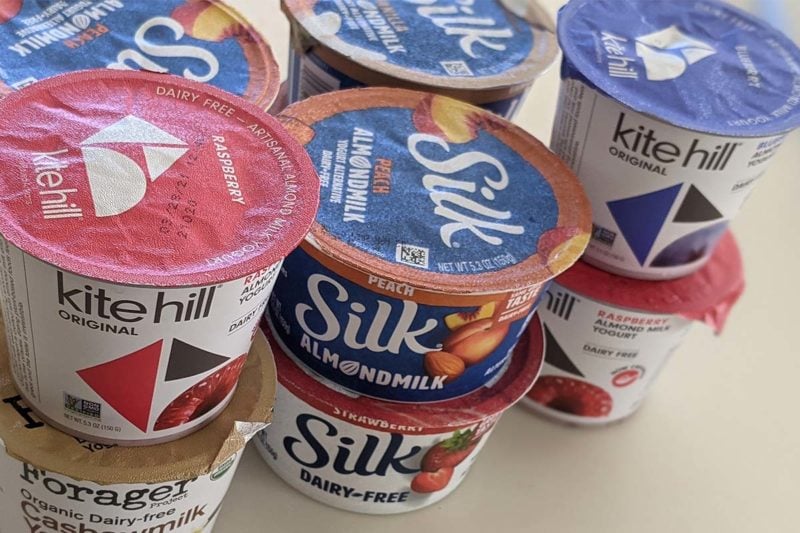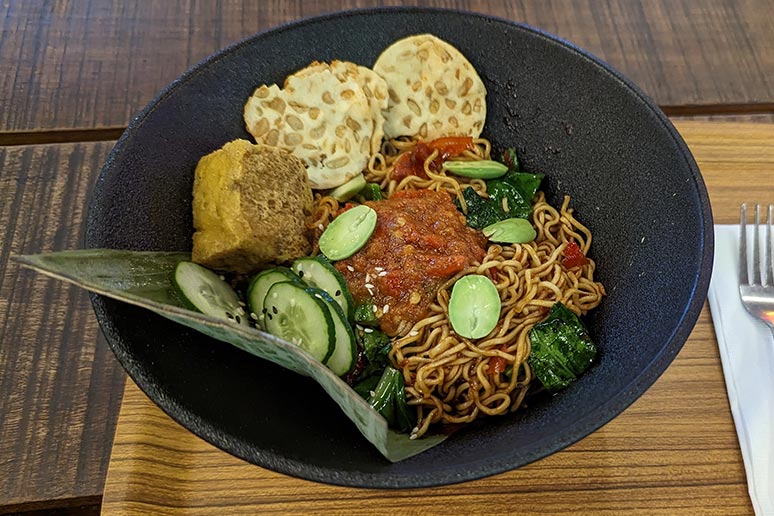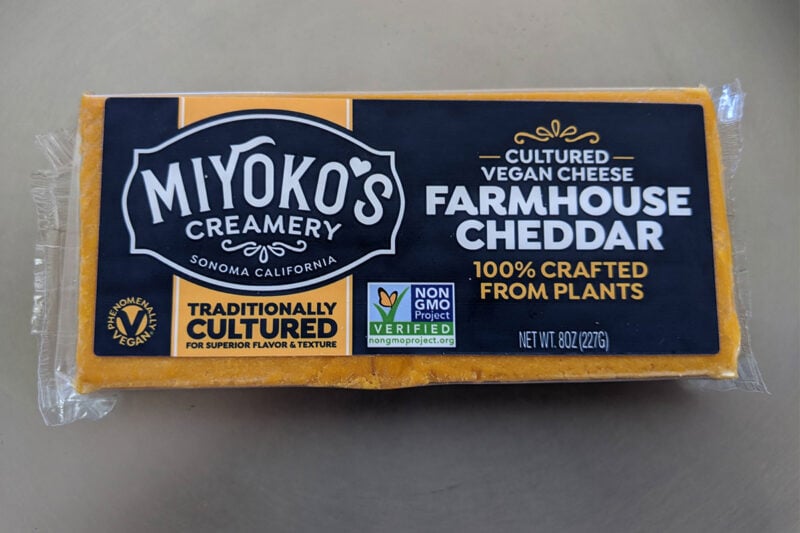Ever since its debut last year, I’ve regarded Jamie Oliver’s Food Revolution as the most valuable television series a food activist could possibly watch. Season One of the show demonstrated all sorts of tactics and interpersonal skills that would be of value to anyone who seeks to create change.
There can be no doubt that Oliver got the ball rolling in several vitally important areas: public school lunches, healthful cooking outreach, and recruiting local opinion leaders as allies. But while much important work was undertaken during Oliver’s months in Huntington, West Virginia, it will take years before his accomplishments can be properly judged. How are things playing out in Huntington, now that it’s been more than a year since Oliver packed up and left town?
I’ve thought about Huntington many times since I finished watching Jamie Oliver’s Food Revolution last year. Now that the town’s fifteen minutes of fame have ended, is progress continuing, or are the efforts initiated by Oliver being quietly dismantled? As the one year anniversary of Oliver leaving town approached, I emailed Doug Sheils, the Director of Marketing and Public Relations of the Cabell Huntington Hospital, and invited him write an update for posting to Vegan.com. He graciously agreed, and sent back the following:
A few weeks ago, Vegan.Com’s Erik Marcus asked me if I would submit a progress report on the “Food Revolution” in Huntington, West Virginia, home of the first season of the Emmy Award-winning ABC-TV series Jamie Oliver’s Food Revolution.
As someone Erik had once dubbed, “the embodiment of the stereotypical, boring, middle-aged white guy” and “a black hole who sucks all the life and energy out of every scene he is in,” I was honored that Erik valued my opinion enough to ask. Besides, his personal description of me was right on target (I am a boring, middle aged white guy), and I appreciate writers who get their facts straight – something that, unfortunately, happened all too infrequently during media coverage of my beloved hometown during the production and airing of the television series.
People often ask me if Jamie Oliver’s Food Revolution was a success. Without exception, I reply, “Well, it depends on how you look at it.”
If you define success as “obesity and obesity-related disease are no longer problems in the Huntington/Ashland/Ironton metropolitan area,” then it was a dismal failure. Those problems are still way too prevalent in our region. But if you define success as, “we’ve finally gotten off our rear ends and taken meaningful steps as a community to address the issue,” then it’s been an unqualified success.
No longer are most people in the Huntington area in blind denial of the crisis facing our community. Thanks to all the recent media attention, our collective eyes are now wide open and we admit we have a serious problem–the first step toward resolving it.
Most important, the Huntington community has taken action. Even before Jamie Oliver came to town, Cabell County Schools were making significant strides toward improving school lunch menus. And those efforts were greatly enhanced when Cabell Huntington Hospital contributed $100,000 to hire chef consultants from Sustainable Food Systems to provide vital training to all cooks in the county’s 26 public schools. Now, those cooks have the knowledge and tools they need to prepare healthier meals from scratch, using fresh and whole ingredients.
Beyond that, Food Services Director Rhonda McCoy and her team have been working tirelessly over the past year to make school lunch menus even more nutritious, as well as more palatable, to increase participation in the program. Today, I think it’s safe to say that the lunches served in Cabell County schools could serve as a model for most school systems across the country.
Is everything perfect? No. Can more be done? Yes. We still need to make significant changes at the federal level with the way school food is purchased and with the guidelines that govern the use of that food. But there is now a strong and growing movement to bring about change, and the passage of the Child Nutrition Act gives us great reason to be optimistic that change can happen.
What about Huntington’s Kitchen? Has it been a success? Well, since late February, when it was converted from a reality television set to a fully operational kitchen classroom, approximately 535 people have participated in at least one healthy cooking class at the kitchen. Of those, approximately 260 have graduated from Huntington’s
Kitchen’s “Basic Steps to Healthy Cooking” class, meaning they have attended at least 75 percent of either an 8-week or 10-week course. An additional 70 participants have attended more than three classes each. Though those numbers could certainly be higher, I’d say that’s fairly successful.As you may recall, the first year of operations at Huntington’s Kitchen was funded by a $50,000 contribution from Cabell Huntington Hospital. US Foodservice also graciously agreed to provide all food at the kitchen for one year. To further sustain the effort, Cabell Huntington Hospital announced in October it would commit another $50,000 to Huntington’s Kitchen, enabling it to operate for at least one more year.
Additionally, Huntington’s Kitchen was recently the recipient of a $25,000 grant from the Share Our Strength Foundation, allowing it to offer a totally separate curriculum of classes called Operation Frontline – a very successful program geared toward providing low-income participants with important nutritional information and the training they need to shop for and prepare healthy meals at home. Kitchen leaders are planning to expand on that program in the coming year.
Despite Huntington’s individual successes, whether or not the “Food Revolution” can be considered a real success will depend on long-term sustainability and the ability to expand the revolution beyond Huntington into more and more communities across America.
Cabell Huntington Hospital has been actively involved in efforts to grow the “Food Revolution” both regionally and nationally, meeting with people, businesses and organizations from throughout the country who are interested in replicating these programs in their communities, and continuing to “beat the drum” to raise awareness of the need for change. The hospital has signed on to sponsor and participate in a third season of a six-month, locally-produced educational television campaign called “Healthy Tri-State” on the local NBC affiliate, and has sponsored and is actively involved in a weekly, year-long series of news reports and healthy cooking demonstrations on the local ABC affiliate called “The Food Revolution Now.”
There’s evidence of budding growth. From the local perspective, in the state capitol of Charleston, a grass-roots parent group has worked hard to raise private funds to hire Sustainable Food Systems to train cooks in Kanawha County schools to prepare healthy meals from scratch, similar to the training they provided school cooks in Cabell County. And nationally, serious negotiations have been taking place behind the scenes with major businesses and organizations to establish community kitchens similar to Huntington’s Kitchens in communities across the country. Hopefully, those efforts will pan out.
Whether the “Food Revolution” continues to grow may depend on the success of the second season of Jamie Oliver’s Food Revolution, now in production in Los Angeles.
Jamie’s first season clearly awakened a sleeping giant, but whether that giant remains awake and active or stuffs its face and crashes on the couch is still to be seen.
Ultimately, who will decide whether the “Food Revolution” is successful? Recently, two highly respected national journalists moved to Huntington to write a book on the subject. Former Washington Post food writer Jane Black and her husband, Brent Cunningham, managing editor of the Columbia Journalism Review, will be living in our fine city through the end of April to do research on the challenges we face to successfully reverse our unenviable health status. Maybe they’re the ones best qualified to decide.
One thing’s for sure, though. I’m probably not the right person to make that decision. I’m a little too close to the situation to be impartial and objective. But I think it’s safe to say no one will be able to make that decision for quite a while. Huntington’s problem–and our nation’s problem–wasn’t created overnight. And it won’t be resolved overnight, either.
But that’s just a boring, middle-aged white guy’s opinion.





